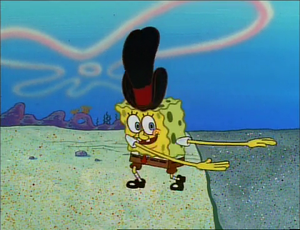11308947
Chapter 5 - Tissues
Description
No tags specified
Flashcards by Zita Wormuth, updated more than 1 year ago
More
Less

|
Created by Zita Wormuth
about 7 years ago
|
|
Resource summary
| Question | Answer |
| What are tissues? | A group of similar cells which work together to carry out a particular task |
| List the levels of structural organisation starting with cells | Cells → Tissues → Organ → System → Organism |
| What are the 4 basic types of tissue? | 1. Epithelial 2. Connective 3. Muscular 4. Nervous |
| What is epithelial tissue and where can it be found? | Epithelial tissue is covering or lining tissue It is found covering and lining the outside and inside of organs e.g. inside of mouth The cells are very close together to create a smooth surface |
| What is connective tissue and where is it found? | C.T. provides support for the body and holds all the body parts together. Separated by large gaps called the matrix. Found in bones, tendons and other areas |
| What is muscular tissue? | The cells found in muscles. They are also known as muscle fibres and are long and thin |
| What are the 3 types of muscle tissue? | 1. Skeletal 2. Involuntary 3. Cardiac |
| What are their functions? (the 3 types of muscle tissue) | 1. Skeletal muscle: Holds the bones together → allows for body movement 2. Involuntary: Involuntary movement → found in the walls of stomach & intestines 3. Cardiac: To allow for heart contraction → pump blood |
| What is nervous tissue & where is it found? | Made up of neurons → when neurons get stimulated messages are carried from one part of the body to another. Found in brain, spinal cord, nerves |
| What are organs? | Body structures that are made up of 2 or more types of tissue which work together in order to carry out a particular task |
| What are systems? | Various groups of organs which work together to carry out a particular task |
Want to create your own Flashcards for free with GoConqr? Learn more.
